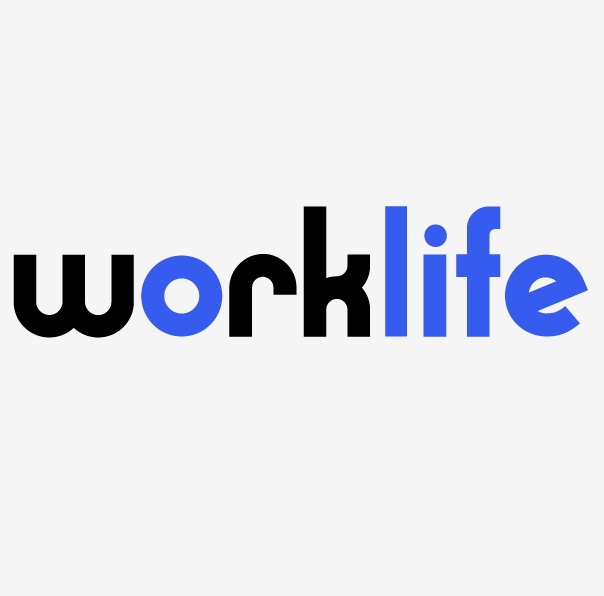As we start 2018, unemployment is at a 17 year low of 4.1% and there are more than 6 million job openings in the U.S. labor market. Employers are at war for talent and there are some seemingly contradictory and inexplicable trends in recruiting and retention practices.
Age discrimination grabbed the headlines in the last few weeks of 2017 with reports that companies have used social media target marketing to exclude older workers from seeing certain job ads. This effort to hide openings from that demographic is no doubt driven by the Silver Tsunami – the fact that every single day, through 2030, 10,000 baby boomers turn 65 and continue to work. According to the Bureau of Labor Statistics, Americans 65+ will remain the fastest growing workforce segment until 2024. In other words, employers are saying, we’ve got enough of our own old-timers, no more need apply, thank you. And according to a recent Pew Research study, typical Boomers feel that old age starts at 72 (good to know), and most feel 9 years younger than their actual age (except for employment lawyers).
This presents a number of challenges for employers. The working Boomers don’t necessarily have the skills that employers now need, but they are not retiring as 65 year olds once did. This creates the skills gap about which employers now fret and also leads to another problem—the lack of upward mobility for Gen-X and Millennials. That inability to move up and make more money causes resentment and the potential for age discrimination. The resentment which can lead to outright hostility toward older workers stems from the sense that the 65+ generation may be stunting both corporate growth and individual careers. An aging workforce also raises the costs of group health insurance premiums for all. Employers, of course, risk age discrimination lawsuits, including class actions, by forcing employees out without strong, well-documented performance evidence. Some have tried economic incentives, including enhanced 401(k) plans, but most of those programs have not been successful.
At the same time, HR professionals are challenged with recruiting from the thin talent pool, developing creative and lucrative incentives to attract skilled workers, while trying to support tolerance and diversity within an increasingly multi-cultural, multi-generational workforce. Happy 2018 HR!
Here is the fascinating twist. According to a survey by the software provider Mavenlink, in 2018, 94% of executives plan to uses skilled contractors to fill certain key roles- – but not the jobs or generation you may think. In a complete turnaround, the Baby Boomers, not the Millennials, are now driving the gig economy. So while employers are pushing the older workers out the backdoor, making room to hire younger workers with the tech and social media skills they need, those same employers are bringing the Boomers back in through the front door as contractors for strategic planning, management and training jobs, though only on a project basis. Didn’t see that coming did you?
Neither did we, but because all roads lead back to why you need us, now we come full circle to the next legal problem. Employers hiring contractors must be incredibly vigilant in ensuring that the contractors are truly independent under the Department of Labor, IRS and common law tests, particularly when they are filling significant roles that had traditionally been held by employees. To avoid a problem, we can provide the right guidance and design the proper agreements and job descriptions to help employers avoid liability while creating the flexible workforce needed in this evolving economy.
To see Mark interviewed on this topic, please visit http://tinyurl.com/y8q4et3j.









